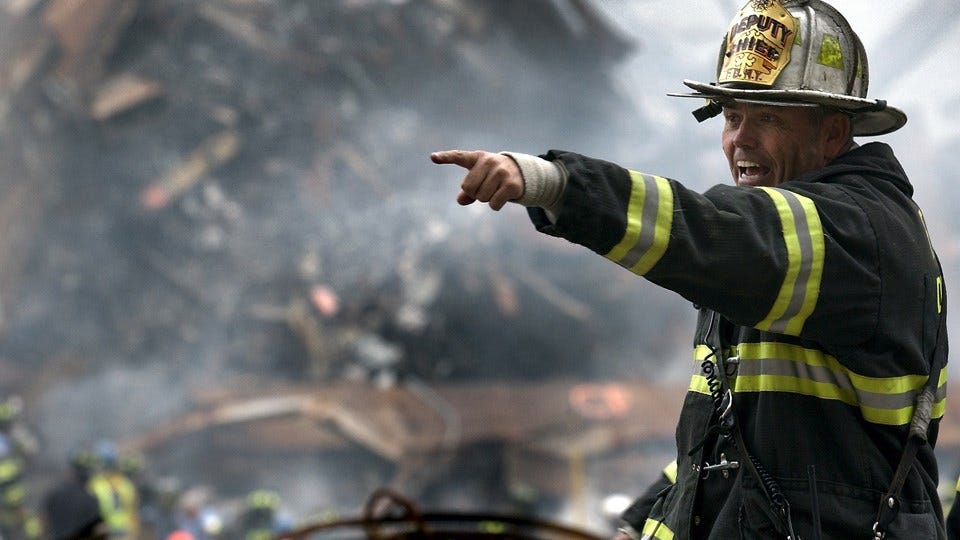IU to Use Data Science to Help Manage Disasters
 (stock image by Pixabay/Mark David)
(stock image by Pixabay/Mark David)
Subscriber Benefit
As a subscriber you can listen to articles at work, in the car, or while you work out. Subscribe NowBLOOMINGTON, Ind. – Indiana University is developing a laboratory to help first responders and emergency management agencies before they get on the scene of a disaster, such as floods, hurricanes, and wildfires.
The Crisis Technologies Innovation Lab was created to deliver practical resources and solutions when facing a current severe weather crisis. It’s also intended to help emergency responders to plan for potential disasters.
“We might be entering a new phase where crises are a new normal, particularly on the coasts,” said David Wild, co-director of the CTIL. “Our life is a sandbox between an explosion of technology and the world of crisis and disaster and emergency response.”
The lab is currently developing visual displays that accept multiple data streams during an incident. Wild says the lab will help manage the large volumes of data that might be coming into an emergency operations center, such as live video, two-way radio traffic, and current weather conditions.
“But if you have 1,000 data feeds, there’s no way a human being can analyze the data in real-time and understand what that means. That’s how artificial intelligence can help to pull out the most important pieces of information and patterns,” explained Wild.
Wild says the data streams are combined and prioritized using artificial intelligence and machine learning to help emergency managers make more timely and accurate decisions.
“There is an urgent need for approaches to using technology in crises that are reliable, scalable and affordable,” said David Wild, co-director of the CTIL and associate professor of informatics. “They also need to interoperate between emergency professionals and the public, and that can help save lives in a complex, challenging environment.”
The information can be displayed on a big screen, such as a video wall, or a mobile device, like a tablet.
Wild says CTIL was recently awarded more than $650,000 in federal grant money to build tools and develop methods for analysis that will help build communities that are more disaster-resilient by analyzing historical disaster data.
Lab Director David Wild tells Inside INdiana Business about the need for data solutions in a disaster plan.
